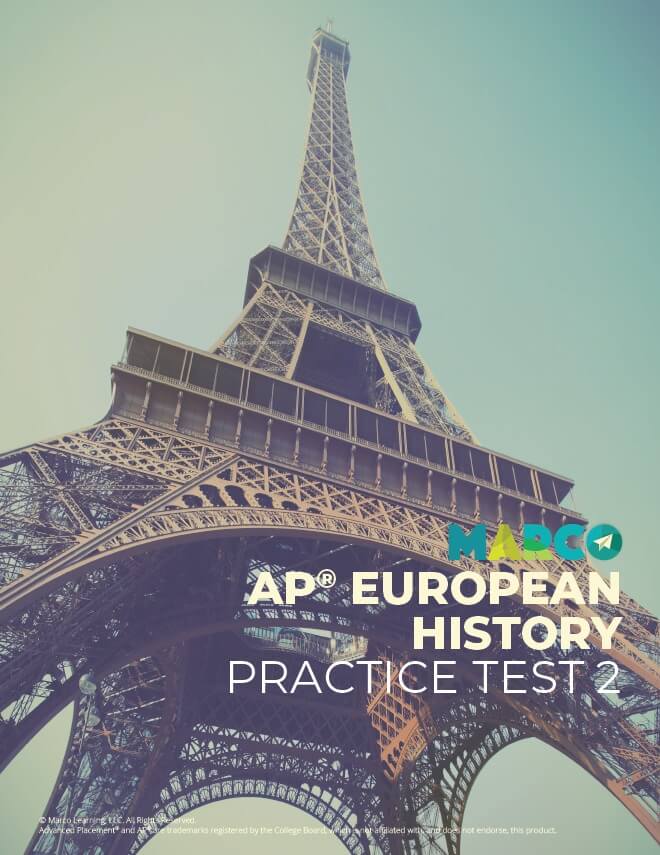


THE REFORMATION
The Reformation was inspired by a desire to rectify the problems in the late medieval Catholic Church, as well as the desire to reinterpret Christian doctrines. The Catholic Church was criticized for its accumulation of wealth from practices such as simony, which was the purchase of church offices, and the sale of indulgences, which were papal pardons intended to reduce or even eliminate punishment in the afterlife for sins committed while alive.
Martin Luther was a sixteenth-century Augustinian monk who challenged the Catholic Church, beginning with The 95 Theses, which were a list of reasons why indulgences should not be sold. His challenge to Church practices led him to dispute the very doctrines that guided the sixteenth-century Catholic Church, especially those that restricted ordinary people’s access to sacred scripture or to God. He developed the idea of sola scriptura, which means “only scripture” as a way to argue that people only needed the Bible, not Catholic religious figures or practices.
BAROQUE ART
Baroque art, which used a highly ornate and extravagant style, was encouraged by the Catholic Church in order to oppose the austerity of Protestant art and architecture. Baroque art placed great emphasis on grandeur, sharp contrasts, and detail in order to inspire an emotional response in the viewer of awe and religious devotion. Baroque artists mostly painted religious subjects, which contrasted with the radical reformation’s support of iconoclasm. The influence of emotion and the desire to depict religious figures is especially evident in Bernini’s The Ecstasy of Saint Teresa, which dramatizes St. Teresa’s account of a highly emotional visit from an angel.
WARS OF RELIGION
Interest in reforming the Catholic Church spread rapidly after Martin Luther’s initial challenge, due largely to the ability to disseminate ideas with the printing press. John Calvin wrote the Institutes of the Christian Religion, which rejected Luther’s approach of incremental reform in favor of an entirely new system of systematic theology. His approach gained followers among the Huguenots in France, the separatists in England, the Presbyterians in Scotland, and most of the inhabitants of the Netherlands.
In some cases, the conflict between Reformers and the followers of the Catholic Church led to armed conflict. In France, a dynastic power struggle among several noble families with different religious allegiances led to the French Wars of Religion. During the St. Bartholomew’s Day massacre, Catholic mobs killed thousands of Protestants over a period of weeks. The conflict ended when Henry IV of France, a former Huguenot, converted to Catholicism and was crowned king. He issued the Edict of Nantes, which allowed religious pluralism.
THE CATHOLIC REFORMATION
The ideas of the Protestant Reformation prompted the Catholic Church to begin an internal process of reform that culminated in the Council of Trent. In the Catholic Reformation, also called the Counter Reformation, the Church implemented new practices meant to curb the worst excesses of the medieval church, while reaffirming its theological interpretation of scripture. Influenced by the humanist movement, the Church began to require a higher level of literacy among priests. The Church also placed limits on the sale of indulgences, eliminated the chronic “absenteeism” of medieval bishops, and stopped the sale of church offices.
Despite these practical and procedural reforms, the Catholic Church did not fundamentally alter its interpretation of Christian doctrine. It explicitly rejected Luther’s idea of salvation by faith alone, reaffirming its doctrinal position that salvation was achieved through a combination of faith and good works. It also reaffirmed the importance of the church hierarchy for Catholic believers, especially the ultimate authority of the Pope. The Jesuit order, founded by Ignatius of Loyola, was developed in order to support the Catholic Church in spiritual warfare against the Protestant reformers.
The Reformation challenged the Catholic Church’s practices and interpretation of religious doctrine, which reduced the authority of the Catholic Church throughout Europe.
CAUSATION
Guided by new ideas of the Protestant Reformation, nations throughout Europe began to reevaluate their civic governments and challenge the power of monarchs.
REFORMATION SOCIETY
The Reformation’s challenge to existing norms that started as a debate over religious doctrine led to a broader reorganization of society. Both the Reformation, and the Renaissance prior, had challenged women’s roles in the family, church, and society. Martin Luther married Katherine Von Bora, an educated former nun, in opposition to the Catholic idea of a celibate clergy. His marriage provided a model for a Protestant family in which the men and women engaged in separate, but complementary tasks, in order to serve God. Some radical reformers, such as the Quakers, argued that women should be ordained and occupy positions of religious authorities.
The Reformation also changed the scope of authority for many civic governments because challenges to the Catholic hierarchy shifted the task of regulating public morals from Church to state. Many cities responded by developing policies regarding prostitution, begging, public drunkenness, and other offenses that were considered immoral. Offenders were punished through rituals of public humiliation, including the use of stocks, public whipping, or branding.
TIMELINE
1517 Martin Luther posts The 95 Theses on the door of Wittenberg Cathedral.
1521 Pope Leo X excommunicates Martin Luther when he refuses to recant. He is protected from punishment by members of the Germany nobility.
1534 Ignatius of Loyola founds the Society of Jesus in order to revive and spread Catholic teachings.
1566 The Council of Trent issues a Catechism that repudiates the theology of Protestantism while reforming some of its more controversial practices.
1598 The Edict of Nantes allows French Protestants to have legal, social, and economic protection with the Catholic nation.
The best way to get better at something is by practicing.
That’s why it’s so important that you take practice tests to help you get better at the AP European History Exam. Only then can you expect to get a good score—and even improve your score.
Download your free AP® European History practice test HERE.
Download your printable study guides for all of the units for AP European History HERE.
 Help
Help